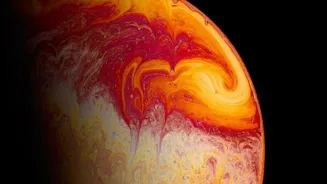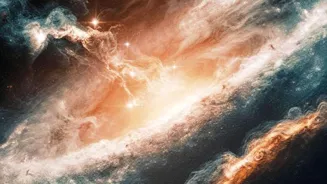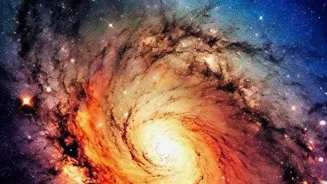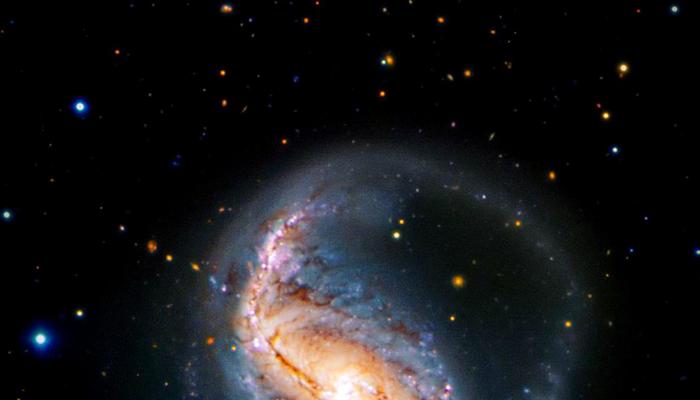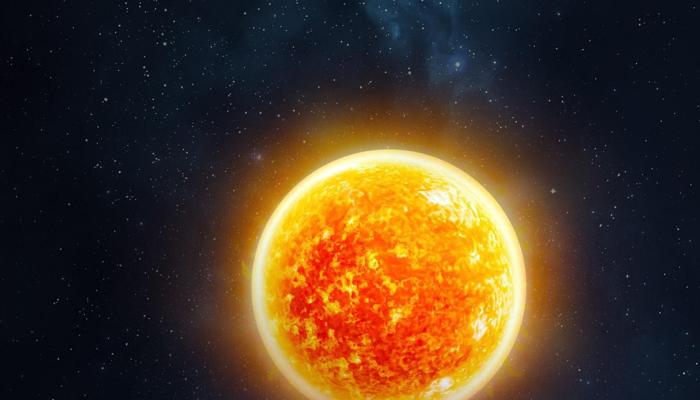Unveiling Exoplanet Mysteries: How Scientists Explore Alien Skies. Dive into the methods shaping modern astronomy!
The quest to understand planets beyond our solar system, called exoplanets, is one of the
most exciting areas of modern astronomy. A key piece of this puzzle is figuring out what these distant worlds are made of, especially their atmospheres.
Studying exoplanet atmospheres helps scientists determine if a planet is potentially habitable, if it has water, and even if there are signs of life. But how do scientists, sitting millions or even billions of miles away, actually peek into the air surrounding these faraway planets?
It's a combination of clever techniques and powerful telescopes, both on Earth and in space. Let's delve into the fascinating methods used to explore these alien skies.
Transit spectroscopy reveals exoplanet composition via starlight analysis
One of the primary methods used is called transit spectroscopy. This technique relies on observing the starlight that shines through an exoplanet's atmosphere as it passes in front of its host star from our point of view. This event, called a transit, causes a tiny dip in the star's brightness.

However, more importantly, some of the starlight gets filtered through the exoplanet's atmosphere. Certain molecules in the atmosphere absorb specific wavelengths (colors) of light.
By carefully analyzing the starlight that reaches us during a transit, scientists can identify which wavelengths are missing or reduced.
These missing wavelengths act like fingerprints, revealing the presence of elements and compounds like water vapor, methane, carbon dioxide, and other gases in the exoplanet's atmosphere. The amount of light absorbed at each wavelength indicates the abundance of each molecule.
Think of it like shining a flashlight through a stained-glass window; the colors that emerge tell you what the window is made of.
Transmission spectroscopy detects exoplanets' atmospheres for discoveries on distant worlds
Transmission spectroscopy is especially effective for exoplanets with large atmospheres and those orbiting bright stars, as it makes the signal easier to detect.
Scientists use powerful telescopes like the Hubble Space Telescope and the James Webb Space Telescope (JWST) to gather the light and then use spectrographs to separate the light into its component wavelengths.
As the exoplanet transits the star the spectrographs make it easier to see the specific elements. The observations require patience and extremely precise measurements. Even the slightest variations in instrument calibration or stellar activity can affect the results.
Scientists go through elaborate calibration and data processing methods to remove noise and make sure that their conclusions are reliable. The discoveries will keep expanding, uncovering the mysteries hidden in the atmospheres of exoplanets far away.
Emission spectroscopy studies light emitted by exoplanets for insights on temperature and composition
Another major method is emission spectroscopy. Instead of studying starlight that passes through the atmosphere, emission spectroscopy focuses on the light emitted directly by the exoplanet itself.
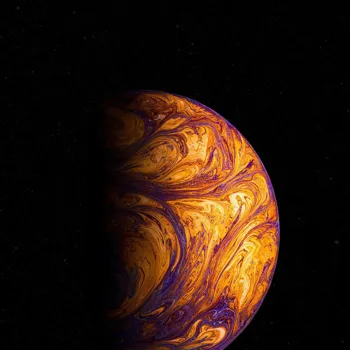
Every object with a temperature emits light, and the spectrum of this light depends on the object's temperature and composition.
By capturing and analyzing the infrared radiation emitted by an exoplanet, scientists can learn a great deal about its atmospheric temperature structure and the presence of certain molecules. As an exoplanet orbits its star, the amount of light that reaches the exoplanet and the earth changes.
The side facing the star get brighter, the other side gets dimmer. By observing changes in the light and color of the exoplanet over time, scientists can develop a better understaning.
Emission spectroscopy studies tidally locked exoplanets' atmospheric patterns
Emission spectroscopy is particularly useful for studying exoplanets that are tidally locked, which means one side always faces the star and the other side is permanently in darkness.
By comparing the emission spectra from the day and night sides, scientists can study how heat is distributed around the planet and gain insights into its atmospheric circulation patterns. This helps in understanding what kind of weather patterns exist on these planets.
New techniques like reflection spectroscopy aid exoplanet study
Beyond transit and emission spectroscopy, there are other methods being developed and refined to study exoplanet atmospheres. One promising technique is reflection spectroscopy. This method analyzes the starlight reflected off an exoplanet's atmosphere.
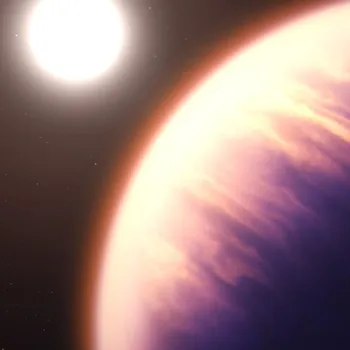
The way light is reflected can reveal information about the exoplanet's clouds, haze, and surface features. Directly imaging exoplanets is extremely challenging due to the overwhelming brightness of their host stars.
However, new instruments and techniques, such as coronagraphs and starshades, are being developed to block out the starlight and allow scientists to directly image exoplanets.
Once an image is captured, scientists can analyze the light from the planet to learn about its atmosphere and surface conditions.
Polarimetry reveals exoplanet details through light polarization
Polarimetry is another interesting method, which measures the polarization of light reflected or emitted from an exoplanet. Polarization is the direction in which light waves vibrate.

The amount and direction of polarization can provide information about the size, shape, and composition of particles in the exoplanet's atmosphere, such as clouds and aerosols. These combined techniques provide a clearer picture of exoplanets.
Each method offers unique information as if adding puzzle pieces together to reveal characteristics of distant worlds. Direct imaging is a difficult task, but is greatly rewarding.
Precise instruments and algorithms extract signals from exoplanet atmospheres
These measurements require incredibly precise instruments and sophisticated data analysis techniques. Scientists have to account for various sources of noise and interference, such as the Earth's atmosphere, the telescope itself, and the instrument detectors.
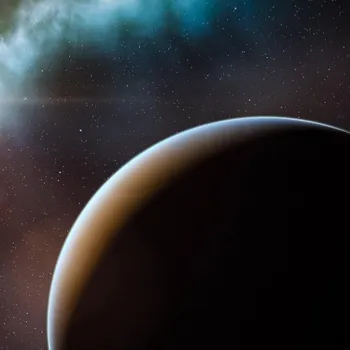
Sophisticated algorithms are used to model and remove these effects, allowing scientists to extract the faint signals from the exoplanet atmospheres. The journey of understanding distant worlds is a multi step method.
As technology advances, new methods are developed to overcome existing challenges. It requires a lot of resources, time and an enthusiastic team of scientists to observe and find new things.
Scientists study exoplanet atmospheres using advanced techniques for groundbreaking discoveries
In conclusion, scientists rely on a variety of ingenious techniques to study the atmospheres of exoplanets.
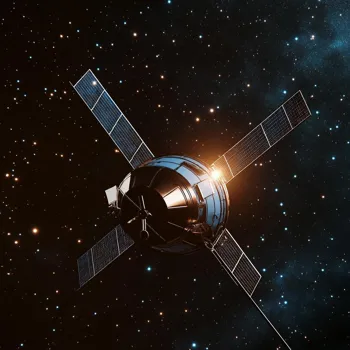
From transit spectroscopy to emission spectroscopy and direct imaging, each method provides valuable insights into the composition, temperature, and circulation patterns of these distant worlds. The James Webb Space Telescope has been revolutionary in the study of exoplanets.
As technology advances and new observatories come online, the understanding of exoplanet atmospheres will only grow, bringing us closer to answering fundamental questions about the potential habitability and the possibility of life beyond Earth.
These discoveries can change the way we think about the universe and our place in it. It is an incredible time for pushing the boundaries of science and opening our eyes to a bigger world.
AI Generated Content. Glance/InMobi shall have no liability for the content